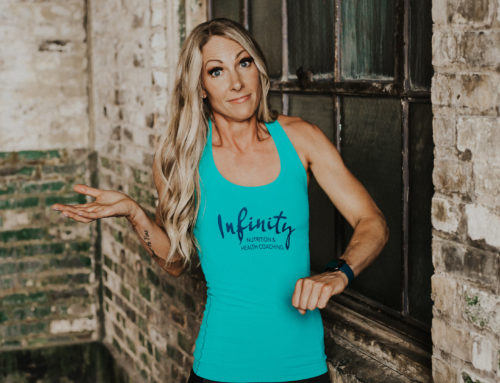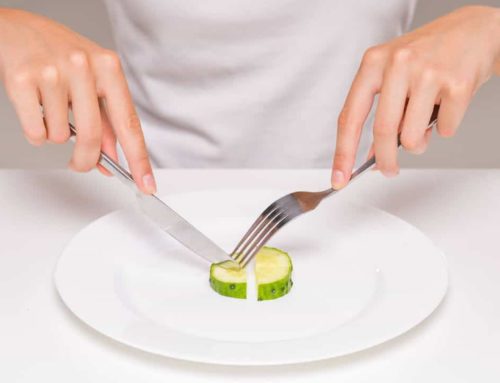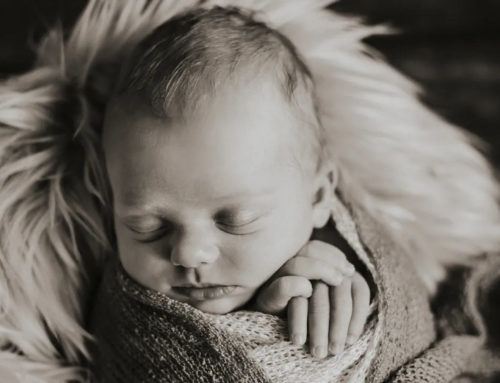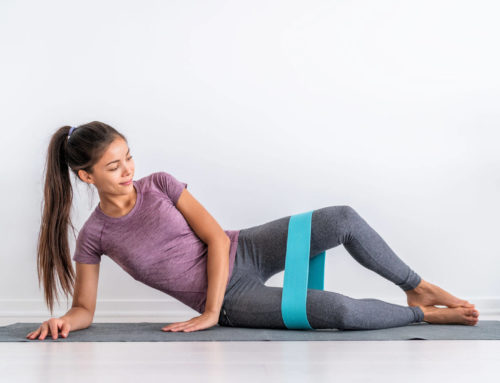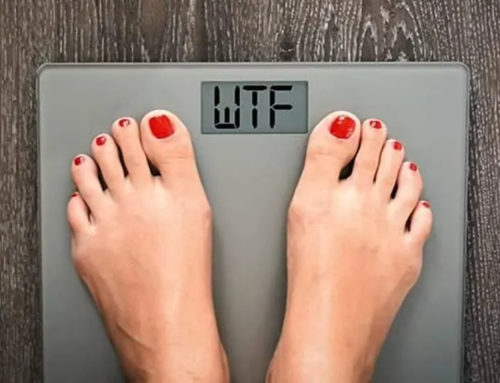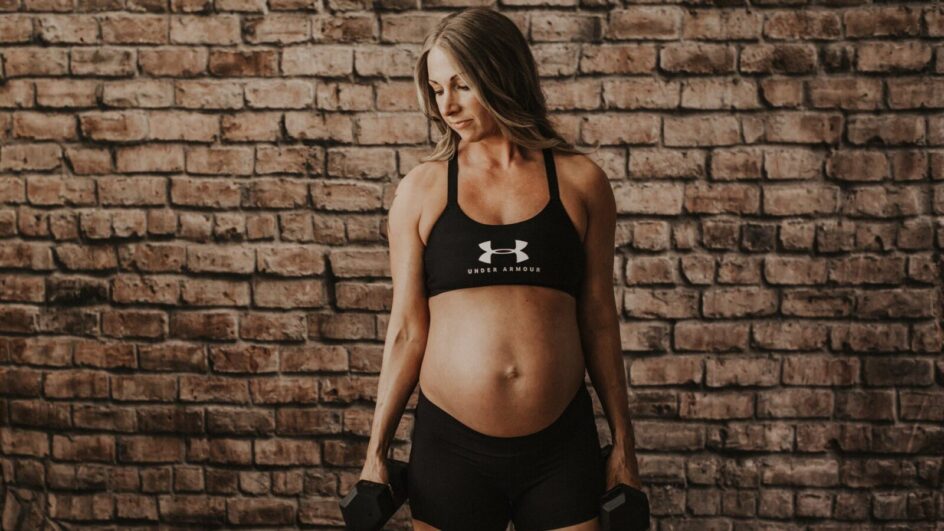
Diastasis Recti
GETTING THE DREADED POSTPARTUM NEWS
I was three weeks postnatal when I went to see my pelvic floor specialist to assess any potential damage done from childbirth. I was eager to get back to my regular workout routine, and was feeling overly optimistic since I did all the right things before and during pregnancy in terms of my health; I drank lots of water, I ate nutritious meals, I slept well, I took my vitamins and supplements, and I kept up with my workouts five to six times a week. Unfortunately, my unrealistic expectations about getting a gold star or a pat on the back for being text book perfect did not pan out. And when I didn’t get the news I was expecting, it really shook me.
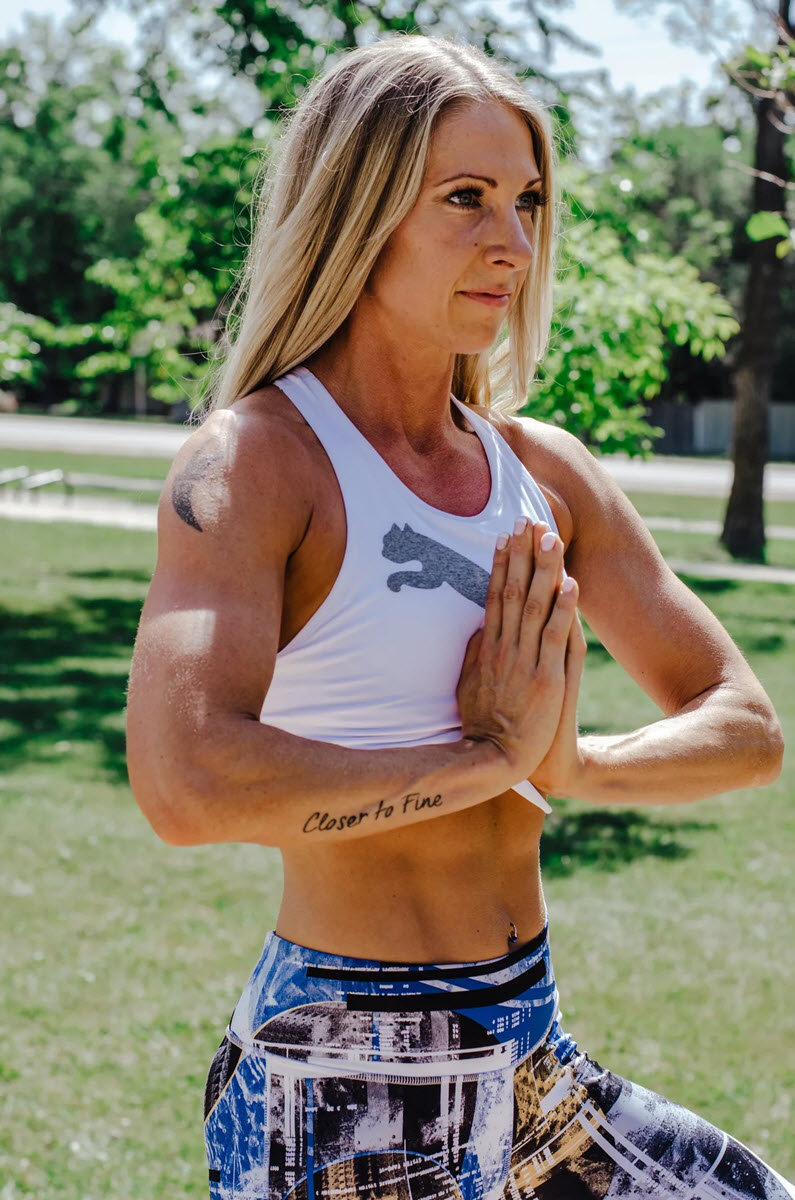
Shauna Muldrew
A year before getting pregnant
It turns out I have Diastasis Recti (DR for short), which is a gap in your abdominal wall caused by stretching of the connective tissue during pregnancy. The “mom pooch”, as some people call it. Aesthetically, it isn’t something anyone would wish for and I knew it would knock my confidence and self-esteem big time. DR effects over 60% of pregnant women, and can happen to the fittest, healthiest people so I should have mentally prepared a little better for this likelihood. But still, I was devastated. Before I got pregnant I worked very hard to maintain my toned mid-section and was in the best shape of my life. I knew that becoming pregnant and birthing a baby would be accompanied by many sacrifices, and the most glaring one being how my body would change. But no matter how much I accepted this reality ahead of time, nothing could have quite prepared me for it until I actually went through the experience firsthand.
When I asked the specialist how long DR takes to heal, she said a full year. Sometimes if gone untreated, many women have it for much longer. “A year?!” I shouted in disbelief – my inpatient self thought I’d be bouncing back a lot sooner than that. I left the appointment and cried the whole drive home, and the rest of the day – my stupid postpartum hormones sure didn’t make this any easier to deal with, I was an emotional mess.
I’ve always taken a lot of pride in the way I look since I went through my life changing transformation in 2017. And I’m not talking about styling my hair, putting on loads of makeup, or wearing trendy clothes – I mean having a body that was strong and that I was confident in. Maybe it seems vain, but I worked really hard to lose weight and build the strength physically and mentally to live a better life. I couldn’t help but feel that a little part of me was starting all over again, despite keeping up with all my efforts during pregnancy.
They say that you’re your own worst critic, and that couldn’t be more true for me. I have to constantly remind myself that what my body went through for nine months to accommodate a baby is a remarkable thing, but it needs time to heal. In the meantime, I’m trying to stay positive and remember that the result of this sacrifice was a beautiful baby girl who I couldn’t be more in love with, and that trumps everything.

With the information I’ve obtained from my DR expert, my own research, and my certified health coaching knowledge, I feel confident that while my postnatal health and fitness plan may take some time, it will be an effective approach to achieving my goals. Some of my personal dos and don’ts during the fourth trimester and beyond include the following:
I will stay active daily to include walking, light jogging with a belly band, stretching, and modified strength training exercises at a reduced intensity level.
I won’t over exert myself with vigorous activity or any off limits core exercises that could make things worse during the earlier stage of recovery (crunches and anything that creates a tent or cone-like shape to my abdominals when I contract my muscles).
I will be patient, and try to love and appreciate my body for its resilience and all that it is capable of doing. If it takes a year, it takes a year.
I won’t rush the process, give up prematurely, or lose sight of why I’m doing this.
I will use exercises as an opportunity to spend time with my baby – walks and jogs with the stroller and body weight and light strength training with the carrier which I’ve done successfully already, it’s just a matter of planning for it.
I won’t use my new baby as a reason to stop exercise all together – if anything, I’ll see it as even more of a reason to prioritize my health and wellbeing. Because if I’m not in a good place physically and mentally (which I won’t be without exercise in my life), than I know I won’t be the best mom I can be. And doing the best I can to set a good example for my daughter is a non-negotiable for me. When there’s a will, there’s a way.

Diastasis Recti
GETTING THE DREADED POSTPARTUM NEWS
I was three weeks postnatal when I went to see my pelvic floor specialist to assess any potential damage done from childbirth. I was eager to get back to my regular workout routine, and was feeling overly optimistic since I did all the right things before and during pregnancy in terms of my health; I drank lots of water, I ate nutritious meals, I slept well, I took my vitamins and supplements, and I kept up with my workouts five to six times a week. Unfortunately, my unrealistic expectations about getting a gold star or a pat on the back for being text book perfect did not pan out. And when I didn’t get the news I was expecting, it really shook me.

Shauna Muldrew
A year before getting pregnant
It turns out I have Diastasis Recti (DR for short), which is a gap in your abdominal wall caused by stretching of the connective tissue during pregnancy. The “mom pooch”, as some people call it. Aesthetically, it isn’t something anyone would wish for and I knew it would knock my confidence and self-esteem big time. DR effects over 60% of pregnant women, and can happen to the fittest, healthiest people so I should have mentally prepared a little better for this likelihood. But still, I was devastated. Before I got pregnant I worked very hard to maintain my toned mid-section and was in the best shape of my life. I knew that becoming pregnant and birthing a baby would be accompanied by many sacrifices, and the most glaring one being how my body would change. But no matter how much I accepted this reality ahead of time, nothing could have quite prepared me for it until I actually went through the experience firsthand.
When I asked the specialist how long DR takes to heal, she said a full year. Sometimes if gone untreated, many women have it for much longer. “A year?!” I shouted in disbelief – my inpatient self thought I’d be bouncing back a lot sooner than that. I left the appointment and cried the whole drive home, and the rest of the day – my stupid postpartum hormones sure didn’t make this any easier to deal with, I was an emotional mess.
I’ve always taken a lot of pride in the way I look since I went through my life changing transformation in 2017. And I’m not talking about styling my hair, putting on loads of makeup, or wearing trendy clothes – I mean having a body that was strong and that I was confident in. Maybe it seems vain, but I worked really hard to lose weight and build the strength physically and mentally to live a better life. I couldn’t help but feel that a little part of me was starting all over again, despite keeping up with all my efforts during pregnancy.
They say that you’re your own worst critic, and that couldn’t be more true for me. I have to constantly remind myself that what my body went through for nine months to accommodate a baby is a remarkable thing, but it needs time to heal. In the meantime, I’m trying to stay positive and remember that the result of this sacrifice was a beautiful baby girl who I couldn’t be more in love with, and that trumps everything.

With the information I’ve obtained from my DR expert, my own research, and my certified health coaching knowledge, I feel confident that while my postnatal health and fitness plan may take some time, it will be an effective approach to achieving my goals. Some of my personal dos and don’ts during the fourth trimester and beyond include the following:
I will stay active daily to include walking, light jogging with a belly band, stretching, and modified strength training exercises at a reduced intensity level.
I won’t over exert myself with vigorous activity or any off limits core exercises that could make things worse during the earlier stage of recovery (crunches and anything that creates a tent or cone-like shape to my abdominals when I contract my muscles).
I will be patient, and try to love and appreciate my body for its resilience and all that it is capable of doing. If it takes a year, it takes a year.
I won’t rush the process, give up prematurely, or lose sight of why I’m doing this.
I will use exercises as an opportunity to spend time with my baby – walks and jogs with the stroller and body weight and light strength training with the carrier which I’ve done successfully already, it’s just a matter of planning for it.
I won’t use my new baby as a reason to stop exercise all together – if anything, I’ll see it as even more of a reason to prioritize my health and wellbeing. Because if I’m not in a good place physically and mentally (which I won’t be without exercise in my life), than I know I won’t be the best mom I can be. And doing the best I can to set a good example for my daughter is a non-negotiable for me. When there’s a will, there’s a way.





